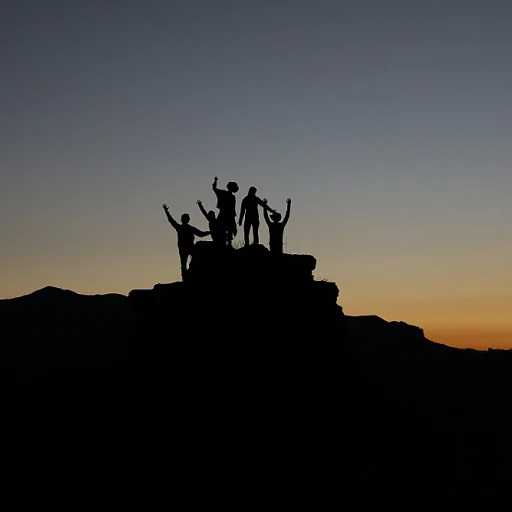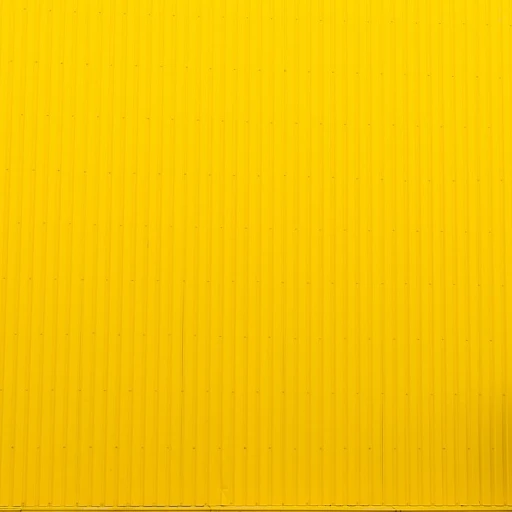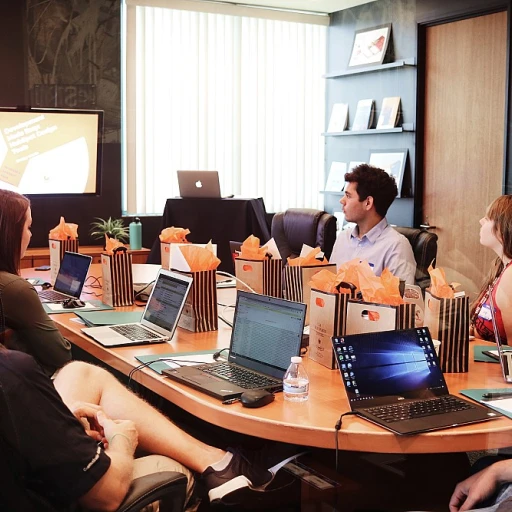Understanding Common Remote Work Distractions
Getting to Grips with Remote Work Distractions
Remote work offers the freedom of a flexible environment, but it also comes with its fair share of distractions. Remote workers often find themselves pulled in various directions, testing their ability to focus and stay productive. From the pull of social media to the lure of the TV in the next room, distractions can sneak in and disrupt even the most disciplined individuals. A common issue faced by remote employees is the blurring of work and home boundaries. Unlike in an office setting, where work time is more defined, working remotely might mean sharing space with family members or roommates. This often leads to interruptions that wouldn’t typically occur at the office. Additionally, the allure of digital distractions is ever-present. With notifications blinking from every device, many remote workers struggle to remain focused. Social media, instant messaging, and even checking emails outside of designated work hours can chip away at productivity—and before you know it, an hour is gone. Lastly, remote work distractions can be self-imposed. Without the structure of an office routine, some employees may find themselves procrastinating, spending too much time on low-priority tasks, or being tempted to start personal projects during work hours. The flexibility of working remotely can cloud judgement, making it difficult to manage work effectively. To combat these challenges, a well-designed distraction-free workspace and effective time management strategies, which will be addressed, along with digital tools, offer solutions to help maintain productivity and foster a better work environment for remote workers.The Impact of Distractions on Productivity
How Distractions Eat Away at Your Productivity
Remote work is a great perk, but it can throw you a curveball when it comes to staying focused. Picture this: you're deep in your work zone, and then the dryer buzzes, your cat parks itself on your keyboard, or a family member needs "just a minute" of your time. Well, distractions can really chip away at your work time and drag your productivity into the mud. When working remotely, people often find themselves battling social media notifications, the irresistible lure of TV, or even house chores that suddenly become tempting during work hours. This juggle is familiar to anyone swapping the office hustle for home comfort. Yet, these everyday distractions can quickly morph into productivity's nemesis, making it harder to wrap up tasks efficiently. So why do distractions trip us up so much? The brain takes a good chunk of time to return to its original task after being interrupted. For remote workers, especially those who let distractions dictate their day, this means prolonged work hours and dwindling efficiency. With these constant interruptions, maintaining a sharp focus becomes a massive challenge.Why It Matters to Get a Grip on Distractions
Over time, unchecked distractions don't just waste your minutes – they trample over the quality of work produced. Remote employees might feel the pinch as they lose track of time, struggle with task management, and face declining work performance. This doesn't only impact their productivity and output, but it may also stress relationships with team members and affect the work-life balance they signed up for in the first place. A Stanford University study highlighted how remote employees can sometimes end up spending more time working, not less. The flexibility that should theoretically benefit everyone becomes a tangle of extended hours, uninvited distractions, and increased pressure. Not to mention how it might become taxing on one's mental well-being. For many remote workers, improving focus and productivity requires both awareness and active measures to curb distractions. With the right techniques and strategies, anyone working remotely can carve out a space free of unnecessary interruptions and enjoy genuine productive work hours. And you, how have distractions shaped your working remotely? Share your experience.Creating a Distraction-Free Workspace
Crafting a Workspace That Says 'Focus'
Working remotely offers freedom, but it also opens the door to distractions. Creating a distraction-free work environment is key to upping your productivity game. And here's the thing: it's not just about having a neat desk. Personal spaces can boost motivation. Remote workers often bring bits of their personality into their work environment. Maybe it's an inspiring poster, a plant, or even a specific chair that spells comfort and focus. These little touches can keep distractions at bay and give your work hours a personal twist. We can't ignore the digital elephant in the room - social media. It's that irresistible scroll on your breaks that sometimes drifts into work time. Consider setting digital boundaries. Allocate specific times for checking those feeds, ensuring you spend time where it truly counts - on your tasks. Lighting plays a pivotal role. Natural light can rev up your energy levels and help maintain focus. If your office or home lacks sunlight, a good lamp can mimic that warm, energizing glow. Noise is another beast completely. Maybe you're working alongside family members or in a city apartment. Noise-canceling headphones are a worthy investment, providing a sonic barrier between you and potential interruptions. Remember, not everyone's ideal work environment looks the same. Some remote employees thrive in minimalism while others need more. The goal is to find what balances your work life. Lastly, don't locate your computer near your TV if you can help it. That little screen has an uncanny charm that can derail your whole day. Keep work in its own realm for focused work. For more insights on maintaining balance as you work remotely, check out this helpful guide.Time Management Techniques to Combat Distractions
Mastering Your Daily Schedule
When it comes to working remotely, time management isn't just about making lists—it's about strategizing your entire day. Remote workers can easily lose track of time, with work hours blending into personal life. While some may relish the flexibility, the downside is the rise in work distractions. Here's the kicker: managing time effectively will help remote employees stay on track and boost productivity. Planning your work day requires more than just knowing when to start and finish. Here are some tips to optimize focus:- Set Clear Boundaries: Define start and end times for your workday. This helps maintain a balance and prevents family members from unintentionally encroaching on your work time.
- Prioritize Tasks: Use tools like the Eisenhower Box or Pomodoro Technique to prioritize tasks. Begin with focused work on tasks that require high concentration.
- Incorporate Breaks: Plan regular breaks to maximize focus. Taking short walks or stepping away from your desk can rejuvenate both mind and body.
- Limit Social Media: Social media can be a major distraction. Consider using apps like Freedom or Cold Turkey to block distracting websites during work hours.
- Communicate with Team Members: Scheduling regular check-ins with your team can help stay aligned. It ensures you're all on the same page and helps prevent miscommunication.
Digital Tools to Reduce Remote Work Distractions
Tech Helpers to Keep You on Track
Distractions working remotely can sneak up when we're least expecting them, gobbling up work hours and piling stress on employees. But worry not, folks! Our tech-savvy world is not just about cat videos and social media distractions. There are digital tools crafted to help you stay focused and boost productivity.Take Pomodoro timers, for instance. Many remote workers swear by the Pomodoro Technique—a time management method where you work in chunks of 25 minutes followed by a short break. Apps like Focus Booster and TomatoTimer are excellent for structuring focused work throughout your day.
Meanwhile, tools like Freedom and Cold Turkey can block that notorious social media black hole. By restricting tempting sites during work hours, these apps help remote employees maintain a distraction-free environment.
Team members working remotely know communication can be a hurdle, but with tools like Slack or Microsoft Teams, chatty distractions are streamlined and professionally focused, making it easier for people to focus on what matters.
For remote workers balancing various projects, project management tools like Trello or Asana help keep tasks organized and teams aligned. These platforms ensure everyone knows their roles within the work environment, making collaboration smoother.
Let's not forget tools that aid concentration. Noise-canceling headphones or apps like Noisli can simulate coffee shop ambiance, turning distracting environments into focused work zones.
By leveraging these digital helpers, remote workers can bolster their work-life balance and amplify productivity, all while working remotely. After all, it's about making technology work for us, not against us. So spend time exploring these options, and watch your productivity soar!








